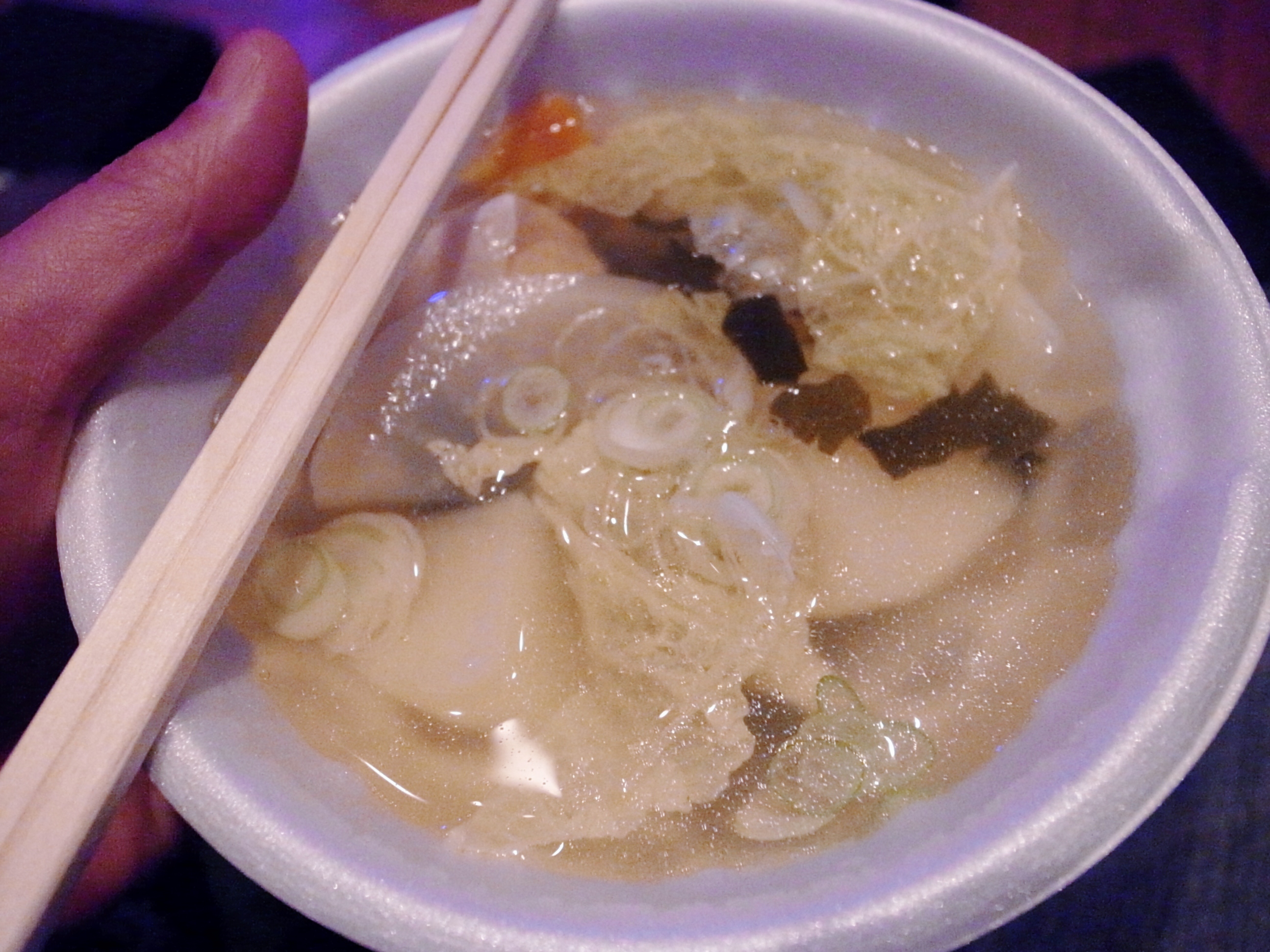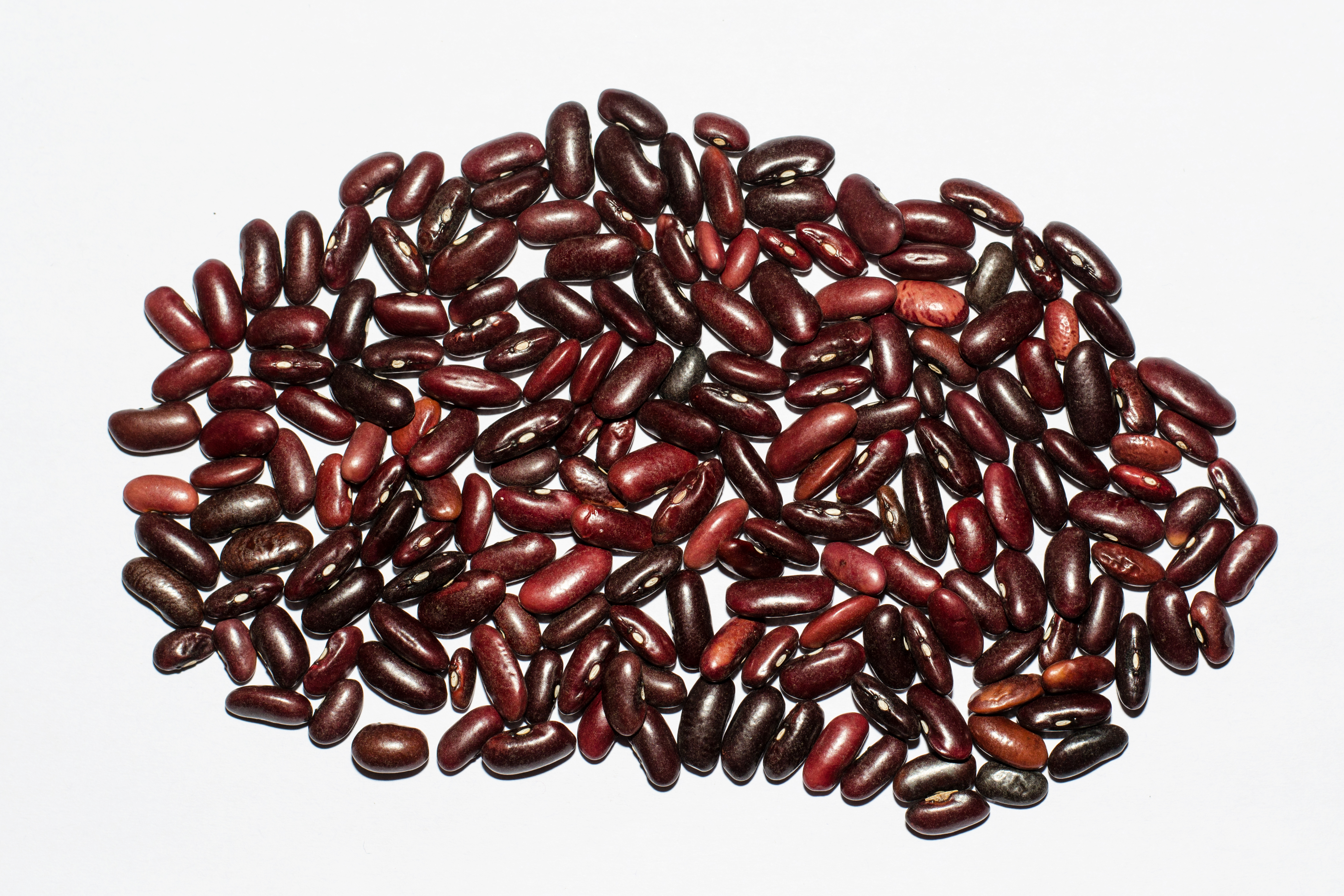|
Chapea
Chapea is a bean stew, a popular dish from the countryside of the Dominican Republic. Kidney beans or white beans with ''longaniza'' (sausage), rice, and green plantains are the basic ingredients, with other meats, vegetables and mashed squash used as a thickener. The flavor is distinguished by the herb cilantro and a dash of sour orange juice (''naranja agria''). See also * Fabada asturiana * Feijoada * List of stews This is a list of notable stews. A stew is a combination of solid food ingredients that have been cooked in liquid and served in the resultant gravy. Ingredients in a stew can include any combination of vegetables (such as carrots, potatoes, bean ... References Dominican Republic cuisine Stews Legume dishes Plantain dishes {{caribbean-cuisine-stub ... [...More Info...] [...Related Items...] OR: [Wikipedia] [Google] [Baidu] |
Dominican Republic Cuisine
Dominican cuisine is made up of Spanish, indigenous Taíno, Middle Eastern and African influences. As in Spain, the largest, most important meal of the day is lunch. Its most typical form, nicknamed ''la bandera'' ("the flag"), consists of white rice, red beans and meat (beef, chicken, pork, or fish), sometimes accompanied by a side of salad. Dishes and their origins The Dominican Republic was formerly a Spanish colony. Many Spanish traits are still present in the island. Many traditional Spanish dishes have found a new home in the Dominican Republic, some with a twist. African and Taíno dishes still hold strong, some of them unchanged. All or nearly all food groups are accommodated in typical Dominican cuisine, as it incorporates meat or seafood; grains, especially rice, corn (native to the island), and wheat; vegetables, such as beans and other legumes, potatoes, ''yuca'', or plantains, and salad; dairy products, especially milk and cheese; and fruits, such as oranges, ba ... [...More Info...] [...Related Items...] OR: [Wikipedia] [Google] [Baidu] |
List Of Stews
This is a list of notable stews. A stew is a combination of solid food ingredients that have been Cooking, cooked in liquid and served in the resultant gravy. Ingredients in a stew can include any combination of vegetables (such as carrots, potatoes, beans, onions, Capsicum, peppers, tomatoes, etc.), and frequently with meat (especially tougher meats suitable for moist slow-cooking) such as beef. Poultry, pork, Lamb and mutton, lamb or mutton, sausages, and seafood are also used. Stews Unsorted * Capra e fagioli * Ginataang kalabasa * Ginataang labong * Kokotxas * Kontomire stew * Or lam * Pepián * Waknatoy See also * Fish stew – includes a list of many fish stews * List of Azerbaijani soups and stews * List of fish and seafood soups * List of Japanese soups and stews * List of soups * List of Spanish soups and stews References {{Soups Stews, Soup-related lists, ... [...More Info...] [...Related Items...] OR: [Wikipedia] [Google] [Baidu] |
Dominican Republic
The Dominican Republic ( ; es, República Dominicana, ) is a country located on the island of Hispaniola in the Greater Antilles archipelago of the Caribbean region. It occupies the eastern five-eighths of the island, which it shares with Haiti, making Hispaniola one of only two Caribbean islands, along with Saint Martin, that is shared by two sovereign states. The Dominican Republic is the second-largest nation in the Antilles by area (after Cuba) at , and third-largest by population, with approximately 10.7 million people (2022 est.), down from 10.8 million in 2020, of whom approximately 3.3 million live in the metropolitan area of Santo Domingo, the capital city. The official language of the country is Spanish. The native Taíno people had inhabited Hispaniola before the arrival of Europeans, dividing it into five chiefdoms. They had constructed an advanced farming and hunting society, and were in the process of becoming an organized civilization. The Taínos also in ... [...More Info...] [...Related Items...] OR: [Wikipedia] [Google] [Baidu] |
Cilantro
Coriander (;coriander in the Cambridge English Pronouncing Dictionary ''Coriandrum sativum'') is an in the family . It is also known as Chinese parsley, dhania, or cilantro (). [...More Info...] [...Related Items...] OR: [Wikipedia] [Google] [Baidu] |
Stews
A stew is a combination of solid food ingredients that have been cooked in liquid and served in the resultant gravy. A stew needs to have raw ingredients added to the gravy. Ingredients in a stew can include any combination of vegetables and may include meat, especially tougher meats suitable for slow-cooking, such as beef, pork, lamb, poultry, sausages, and seafood. While water can be used as the stew-cooking liquid, stock is also common. A small amount of red wine is sometimes added for flavour. Seasoning and flavourings may also be added. Stews are typically cooked at a relatively low temperature (simmered, not boiled), allowing flavours to mingle. Stewing is suitable for the least tender cuts of meat that become tender and juicy with the slow moist heat method. This makes it popular in low-cost cooking. Cuts having a certain amount of marbling and gelatinous connective tissue give moist, juicy stews, while lean meat may easily become dry. Stews are thickened by reduction o ... [...More Info...] [...Related Items...] OR: [Wikipedia] [Google] [Baidu] |
Feijoada
''Feijoada'' () is a stew of beans with beef and pork. The name ''feijoada'' comes from ''feijão'', 'bean' in Portuguese. It is widely prepared in the Portuguese-speaking world, with slight variations. The basic ingredients of feijoada are beans and fresh porkMulticultural America: An Encyclopedia of the Newest Americans - Google Books p. 180. or beef. In Brazil, it is usually made with black beans. The stew is best prepared over low heat in a thick clay pot. It is usually served with and assorted sausages such as '' |
Fabada Asturiana
Fabada asturiana, often simply known as fabada, is a rich Asturian bean stew, originally from and most commonly found in the autonomous community of Principality of Asturias, but widely available throughout the whole of Spain and in Spanish restaurants worldwide. Canned fabada is sold in most supermarkets across the country. Fabada is a hot and heavy dish and for that reason is most commonly eaten during winter and as the largest meal of the day, lunch. It is usually served as a starter, but may also be the main course of the meal. It is typically served with Asturian cider or a red wine. Ingredients Fabada is made with fabes de la Granja (a kind of large white beans from Spain) soaked overnight before use, lacón (shoulder of pork) or pancetta or bacon (''tocino''), morcilla (a kind of blood sausage from Spain), chorizo, olive oil, sweet paprika, garlic and salt. History The consumption of "fabes" goes back in Asturias to the 16th century, in which it is known with certaint ... [...More Info...] [...Related Items...] OR: [Wikipedia] [Google] [Baidu] |
Sour Orange
Bitter orange, Seville orange, bigarade orange, or marmalade orange is the citrus tree ''Citrus'' × ''aurantium'' and its fruit. It is native to Southeast Asia and has been spread by humans to many parts of the world. It is probably a cross between the pomelo, ''Citrus maxima'', and the mandarin orange, ''Citrus reticulata''. History Wild trees are found near small streams in generally secluded and wooded parts of Florida and the Bahamas after it was introduced species, introduced to the area from Spain, where it had been introduced and cultivated heavily beginning in the 10th century by the Moors. Identification Citrus × aurantium can be identified through its orange fruit with a distinctly bitter or sour taste. The tree has alternate simple leaves and thorns on its petiole. Usage Many varieties of bitter orange are used for their essential oil, and are found in perfume, used as a flavoring or as a solvent, and also for consumption. The Seville orange variety is used in the ... [...More Info...] [...Related Items...] OR: [Wikipedia] [Google] [Baidu] |
Squash (plant)
''Cucurbita'' (Latin for gourd) is a genus of herbaceous fruits in the gourd family, Cucurbitaceae (also known as ''cucurbits'' or ''cucurbi''), native to the Andes and Mesoamerica. Five edible species are grown and consumed for their flesh and seeds. They are variously known as squash, pumpkin, or gourd, depending on species, variety, and local parlance. Other kinds of gourd, also called bottle-gourds, are native to Africa and belong to the genus ''Lagenaria'', which is in the same family and subfamily as ''Cucurbita'', but in a different tribe. These other gourds are used as utensils or vessels, and their young fruits are eaten much like those of the ''Cucurbita'' species. Most ''Cucurbita'' species are herbaceous vines that grow several meters in length and have tendrils, but non-vining "bush" cultivars of ''C. pepo'' and ''C. maxima'' have also been developed. The yellow or orange flowers on a ''Cucurbita'' plant are of two types: female and male. The female flowe ... [...More Info...] [...Related Items...] OR: [Wikipedia] [Google] [Baidu] |
Stew
A stew is a combination of solid food ingredients that have been cooked in liquid and served in the resultant gravy. A stew needs to have raw ingredients added to the gravy. Ingredients in a stew can include any combination of vegetables and may include meat, especially tougher meats suitable for slow-cooking, such as beef, pork, lamb, poultry, sausages, and seafood. While water can be used as the stew-cooking liquid, stock is also common. A small amount of red wine is sometimes added for flavour. Seasoning and flavourings may also be added. Stews are typically cooked at a relatively low temperature (simmered, not boiled), allowing flavours to mingle. Stewing is suitable for the least tender cuts of meat that become tender and juicy with the slow moist heat method. This makes it popular in low-cost cooking. Cuts having a certain amount of marbling and gelatinous connective tissue give moist, juicy stews, while lean meat may easily become dry. Stews are thickened by reduction ... [...More Info...] [...Related Items...] OR: [Wikipedia] [Google] [Baidu] |
White Bean
''Phaseolus vulgaris'', the common bean, is a herbaceous annual plant grown worldwide for its edible dry seeds or green, unripe pods. Its leaf is also occasionally used as a vegetable and the straw as fodder. Its botanical classification, along with other '' Phaseolus'' species, is as a member of the legume family Fabaceae. Like most members of this family, common beans acquire the nitrogen they require through an association with rhizobia, which are nitrogen-fixing bacteria. The common bean has a long history of cultivation. All wild members of the species have a climbing habit, but many cultivars are classified either as ''bush beans'' or ''climbing beans'', depending on their style of growth. Best-known cultivar groups include the kidney bean, the navy bean, the pinto bean, and the wax bean. The other major types of commercially grown beans are the runner bean (''Phaseolus coccineus'') and the broad bean (''Vicia faba''). Beans are grown on every continent except Antarctic ... [...More Info...] [...Related Items...] OR: [Wikipedia] [Google] [Baidu] |
Kidney Bean
The kidney bean is a variety of the common bean (''Phaseolus vulgaris''). It resembles a human kidney and thus is named after such. Red kidney beans should not be confused with other red beans, such as adzuki beans. Classification There are different classifications of kidney beans, such as: *Red kidney bean (also known as: common kidney bean, rajma in India, surkh (red) lobia in Pakistan). *Light speckled kidney bean (and long shape light speckled kidney bean). *Red speckled kidney bean (and long shape light speckled kidney bean). *White kidney bean (also known as cannellini in Italy, lobia in India, or safaid (white) lobia in Pakistan). Nutrition Kidney beans, cooked by boiling, are 67% water, 23% carbohydrates, 9% protein, and contain negligible fat (table). In a 100-gram reference amount, cooked kidney beans provide of food energy, and are a rich source (20% or more of the Daily Value, DV) of protein, folate (33% DV), iron (22% DV), and phosphorus (20% DV), with moderate ... [...More Info...] [...Related Items...] OR: [Wikipedia] [Google] [Baidu] |






.jpg)
